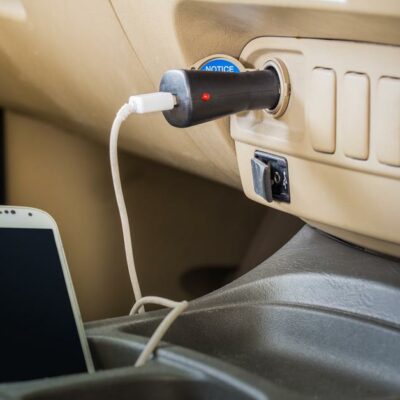
Top Auto Finance Lenders to Choose From
While buying a vehicle is a happy and exciting moment for individuals, the process of financing the vehicle through a loan could be daunting. Several financial institutions offer auto loans. Although there is a cloud of doubt due to the lack of transparency in auto loans, you can always do your research to opt for the best auto finance lender for you. Some of the different auto finance lenders are explained herein.
1. Dealership
Most vehicle owners purchase their ride, whether used or new, from a dealership. Sometimes the Finance and Insurance (F&I) Department of the dealership grants loans to individuals who need it.
Loans from dealerships can be of three types:
- Arranged financing or indirect loan
Usually, the F&I Department of the dealership is in contact with multiple other finance lenders. They offer the loan to you directly and sell this loan to a different auto finance lender such as a bank or a credit union. This is called an indirect loan. This is a very convenient mode of finding an auto finance lender, as you, the borrower, do not have much research or work to do. Although simple, this mode of financing has its drawbacks. Since the dealer arranges the negotiations with the auto finance lender, and your choices are limited, you might end up paying a higher rate of interest. Also, some dealerships charge an extra fee as compensation for taking care of the financial process. - Captive financing
Some of the larger dealerships, for example, Toyota or Ford, have in-house financial institutions that act as an auto finance lender. These financial institutions have great promotional offers, and for customers with strong credit, they sometimes offer loans with zero APR. You can apply for a loan from these financial institutions before you visit the dealership or have them do it for you after you have selected the model of your vehicle. - Buy here-pay here financing
When the dealership themselves act as an auto finance lender and offers you a vehicle loan, such a financing method is called the “buy here, pay here” financing. Usually given to borrowers with bad credit, the monthly or bi-weekly payments are made directly to the dealership. However, it is possible that a dealership might charge you a higher interest rate and impose miscellaneous fees as well. If you do opt for a dealership to finance your vehicle loan, make sure to read the fine print.
2. Banks
Although, banks seem like the best option due to the competitive interest rates they often consider only individuals with a high credit score. Also, banks might not be interested in offering a loan for used cars.
3. Credit unions
Credit unions are a type of auto finance lender that works on a non-profit basis. They offer loans for lesser interest rates and consider applicants with bad credit. Another benefit of a credit union is that they offer a more personalized experience than a bank or a dealership.
4. Online lenders
An online auto finance lender gives you the comfort of checking out interest rates and comparing policies from the comfort of your home. You can also compare two or more lenders side by side, easing your decision-making process. Like credit unions, online lenders do not turn away borrowers with subprime credit. But they might charge a higher interest rate for these applicants, sometimes as high as twenty-five percent.
Before selecting an auto finance lender, always research on interest rates and policies, and read the fine print carefully before signing the dotted line. Keep in mind your financial situation, your vehicle needs, and credit score before settling on an auto loan.


